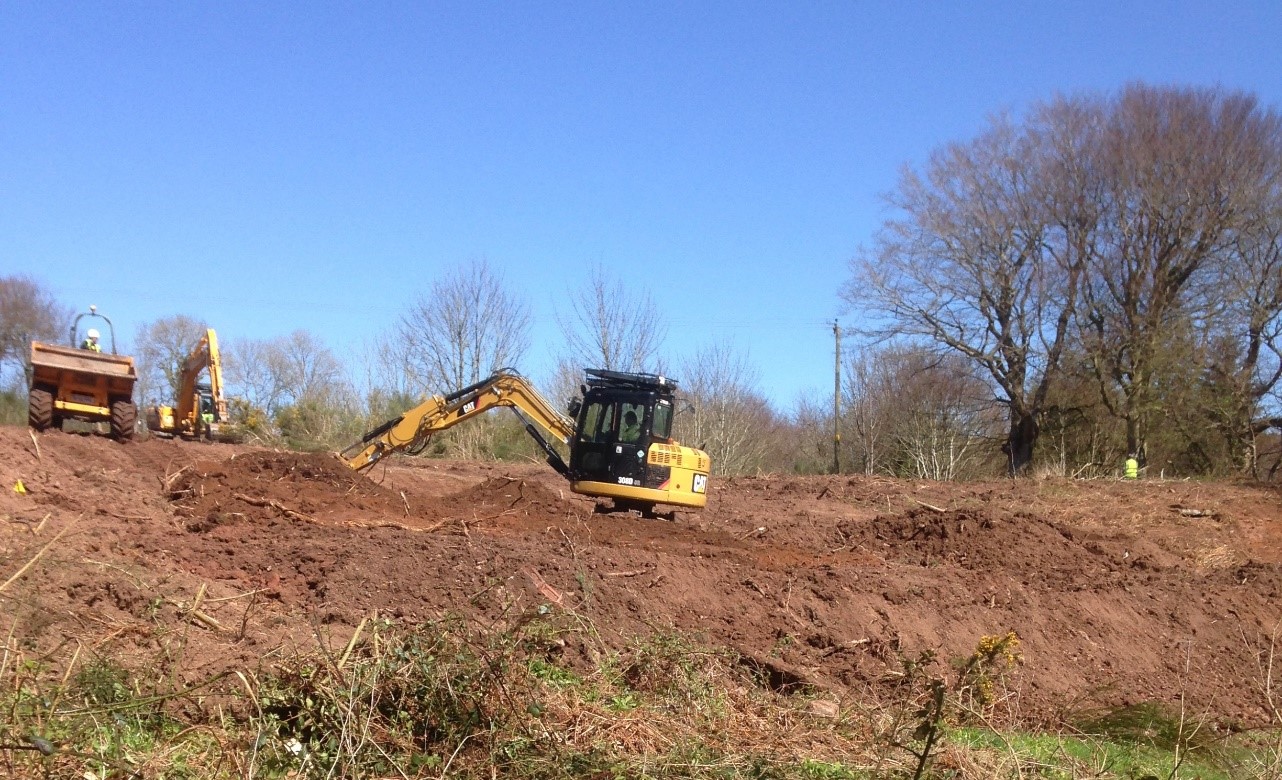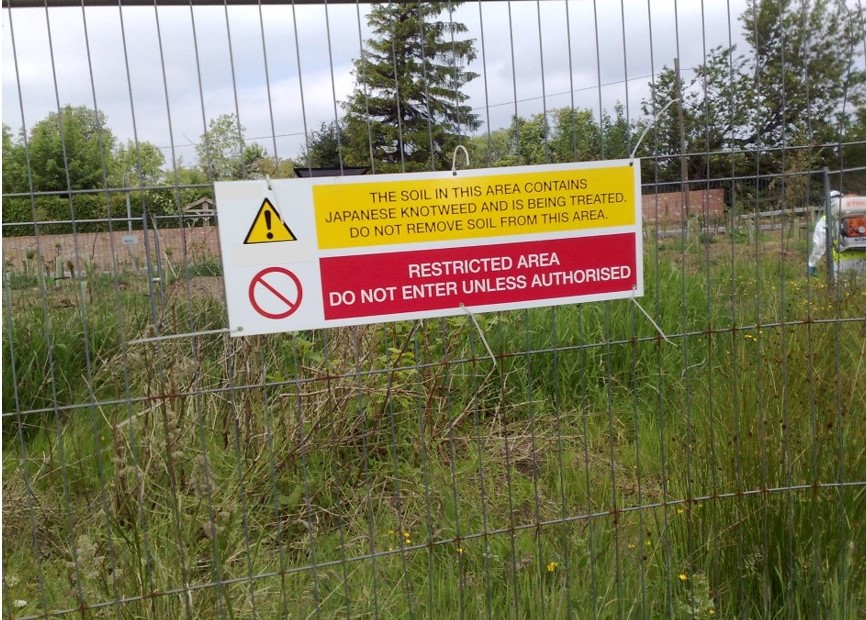
Professional Invasive Weeds Management
While there are many specialist contractors currently working in the Invasive Weeds Market, there are few out there who can match our team at KleerKut for experience in this sector.
With more than 40 years combined experience in land management and remediation, development and invasive weeds control, we can work with you to find the right solution for your development.
We offer low cost surveys for land managers and developers; these are often free for our regular clients.
These surveys often form part of the site investigation document allowing cost consideration at the feasibility stage of the process. Experience shows that this design stage involvement is integral to our success when minimising cost impact to the client.
When working with contractors we can assist them in their tender process; highlighting risks, possible additional works etc., at a stage where it can be addressed with the client.
We work with developers, contractors, quantity surveyors and consultants being brought into the process anywhere from the start, middle, end… even after the end of the process if need be! We survey, consult, contract, supervise, monitor, guarantee – really whatever you require, whatever your problem.
Speak to us and we can ensure that your site is managed to programme, on budget and in compliance with current legislation.
Find the right solution
Often the best solution is a combination of approved methods.
 Relocation (also known as bund method) – Controlled relocation with infested soils being placed into a preformed Treatment Area which complies with SEPA guidance. Soils can then be managed while works on site continue.
Relocation (also known as bund method) – Controlled relocation with infested soils being placed into a preformed Treatment Area which complies with SEPA guidance. Soils can then be managed while works on site continue. Encapsulation – Controlled relocation of infested soils into a sealed SEPA approved chamber below ground or within a suitable feature. Allowing work to continue on site.
Encapsulation – Controlled relocation of infested soils into a sealed SEPA approved chamber below ground or within a suitable feature. Allowing work to continue on site. Burial – SEPA or the Environment Agency will permit conventional burial within a site but only when it can be backfilled using 5 metres of clean soils. Also subject to other conditions.
Burial – SEPA or the Environment Agency will permit conventional burial within a site but only when it can be backfilled using 5 metres of clean soils. Also subject to other conditions. Membrane Installation – Often used as protective measures along boundaries.
Membrane Installation – Often used as protective measures along boundaries. Sifting – Process where the majority of the viable rhizomes / roots and plant material is removed. These soils are still classified as Japanese Knotweed infested but it will be easier to manage any regrowth.
Sifting – Process where the majority of the viable rhizomes / roots and plant material is removed. These soils are still classified as Japanese Knotweed infested but it will be easier to manage any regrowth.

General Information
Man first arrived in Britain about 8,000 years ago and virtually all new land plants that have become established since this date have been brought here by humans. We call these new plants non-native species.
Not all non-native species are bad – it is only a minority that have serious negative impacts on our native British species, our health or our economy. These species we call invasive non-native species.
No they are not. Interestingly the plant species which arguably is often found to be the most destructive, Horsetail (Equisetum arvense) is actually a native plant species. It certainly can still be invasive while being native and also very difficult to manage as many gardeners will testify.
While non-natives such as Japanese Knotweed are legislated to control movement; natives are not legislated because they are native to Britain.
As the name would suggest we specialise in the management of Japanese Knotweed. We do however also manage Giant Hogweed, Himalayan Balsam and other controlled plant species even the lesser known ones. We are not just restricted to land species we also advise on aquatics and semi-aquatics. We also manage and control native species too – in particular the mighty Horsetail.
We can help you find the best way to solve your particular problem. We will not try to upsell or exaggerate your situation – we will simply provide your options / explain your situation and associated risks – then work with you until the solution which is right for you presents itself. Simple!

